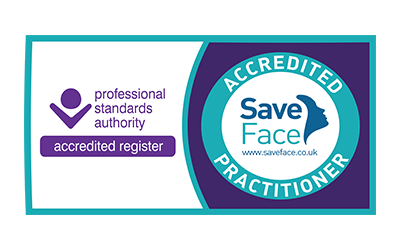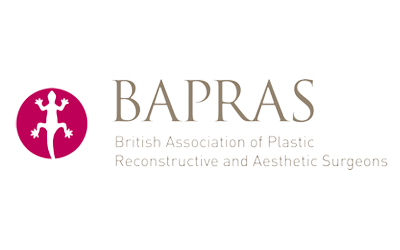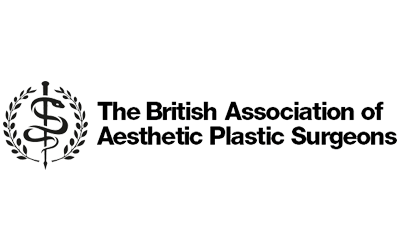Acne is a common skin complaint; in fact, it’s estimated that 85 per cent of all teenagers experience acne at some point. Often, they will then continue to get acne into their 30s and beyond and some get acne for the first time as adult, known as ‘adult-onset acne’.
While the condition is usually mild, in severe cases it can leave behind visible scarring and acne scars can have a devastating impact on self-esteem and confidence.
What causes acne scars?
Scars are left behind when there is a deep break within the wall of the pores. As the pores fill up with excess oil, the walls lightly break and leave a visible mark. In mild cases of acne, the marks are light and will clear up quickly. However, when there is a deeper break in the wall, it allows infected material to spill out onto surrounding tissues.
This in turn creates a deeper lesion. As the skin tries to repair itself, it generates new collagen fibres. These make up the scars left behind. Picking or squeezing the pimples associated with acne will also increase the risk of scarring.
What are the different types of acne scars?
There are several types of acne scars and each may require a different treatment.
Atrophic scars include boxcar, ice pick and rolling scars. These present as shallow depressions on the top layer of the skin.
Keloid and hypertrophic scars are raised lumps, caused due to scar tissue build up. You will find hypertrophic scars are the same size as the acne pimples were. Keloid scars on the other hand, are larger than the original acne.
ASSOCIATED PROCEDURES: HydraFacial, Microneedling Skin Pen, ClearSkin Laser
















